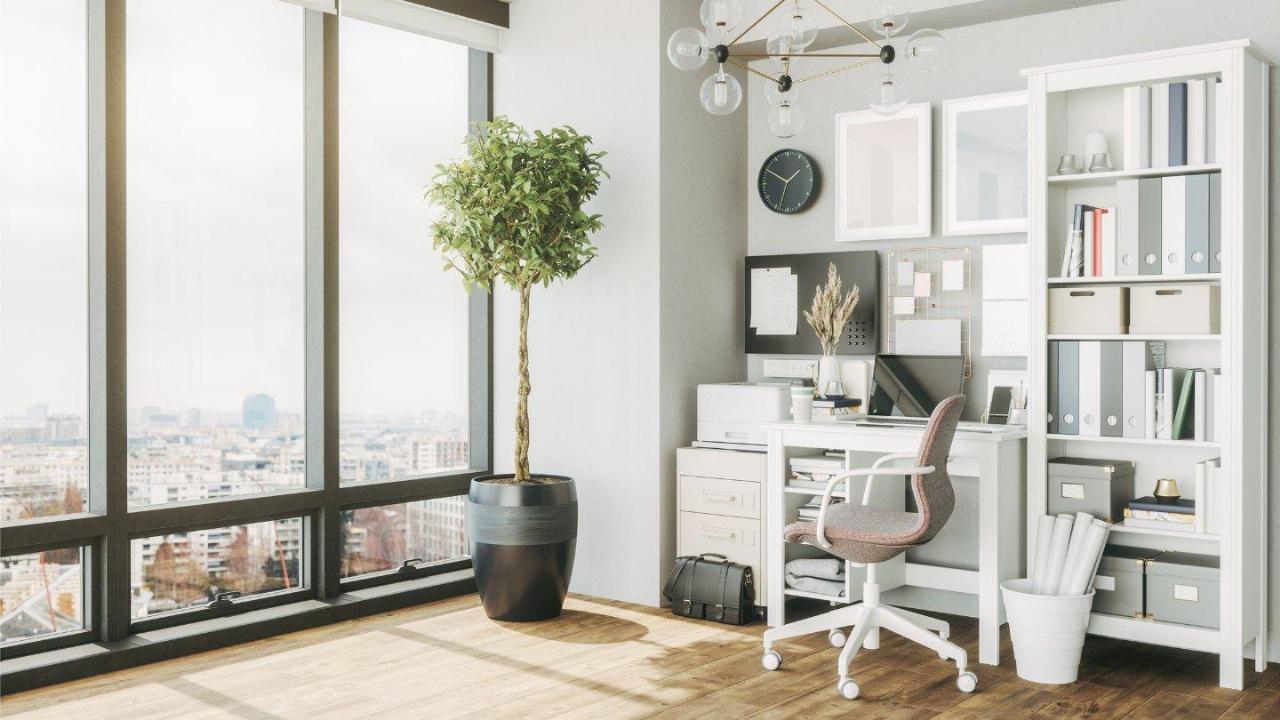Working from home has become increasingly common, offering flexibility and convenience that traditional office settings can’t match. However, to truly benefit from this arrangement, creating an organized and efficient workspace is essential. Let’s explore how you can transform your home environment into a productive sanctuary that enhances your work experience.
Creating a Dedicated Workspace
One of the foundational aspects of successful remote work is establishing a dedicated area exclusively for professional activities. According to Casa Jedo experts, having a clearly defined workspace helps condition your mind to enter ‘work mode’ when you’re in that specific location. This mental association becomes crucial for maintaining focus and productivity throughout your workday.
Selecting the Right Location
Finding the optimal location for your home office requires thoughtful consideration beyond just choosing the obvious spot. While spare bedrooms often make ideal office spaces, don’t limit yourself to conventional thinking. Dining rooms, living room corners, hallway nooks, and even kitchen desks can serve as effective workspaces depending on your home’s layout and your specific needs. The key is identifying a space with minimal distractions that allows you to concentrate on your professional responsibilities.
When evaluating potential locations, prioritize areas with good natural lighting, as daylight has been shown to improve mood and productivity. If natural light is limited, invest in white or blueish artificial lighting that mimics daylight. Additionally, consider sound factors – choosing a quieter part of your home can significantly reduce interruptions during important calls or focused work sessions.
Setting Boundaries Between Work and Personal Life
The line between professional and personal life can easily blur when working from home. Establishing clear boundaries is vital for maintaining work-life balance and preventing burnout. This separation begins with your physical space – ideally, your workspace should be distinct from areas associated with relaxation and family time.
If spatial limitations make a completely separate room impossible, use visual dividers like screens, bookshelves, or even a change in wall color to create psychological boundaries. Communicate with household members about your working hours, helping them understand when you’re available and when you need uninterrupted focus time. Additionally, maintain structured working hours and resist the temptation to check emails or complete tasks after your designated workday ends.

Ergonomic Considerations for Home Office Setup
A properly designed workspace not only enhances productivity but also protects your physical wellbeing during long hours at your desk. Home office ergonomics focuses on creating an environment that minimizes strain and maximizes comfort.
Choosing the Proper Desk and Chair
Your desk and chair form the foundation of your workspace and deserve careful selection. Look for a desk at the appropriate height – when seated, your elbows should rest comfortably at about 90 degrees when typing. The surface should provide adequate space for your computer and essential items without feeling cramped.
The importance of a quality chair cannot be overstated for remote workers. Invest in an ergonomic chair with proper lumbar support, adjustable height, and comfortable armrests. This investment pays dividends in preventing back pain and discomfort that can develop from improper seating. Remember that comfort directly impacts your ability to remain focused during extended work periods.
Arranging Equipment for Comfort and Productivity
Thoughtful arrangement of your work equipment significantly impacts both comfort and efficiency. Position your monitor at eye level and approximately an arm’s length away to reduce neck strain. If using a laptop, consider a separate keyboard and mouse to maintain proper posture. Keep frequently used items within easy reach to minimize unnecessary stretching and reaching throughout the day.
Organization systems play a crucial role in workspace optimization. Implement storage solutions like document boxes, trays, and vertical shelving to maximize space efficiency and minimize clutter. A pin board can help visualize important information while keeping your desk surface clear. Creating dedicated zones for different activities – computer work, reading, and note-taking – can help maintain order and support various work modes throughout your day.
Personalizing your workspace with inspiring elements like plants, artwork, or meaningful photos creates an environment that feels motivating rather than sterile. This personalization, combined with regular decluttering sessions, helps maintain a space that energizes rather than drains your creative and professional capabilities. Remember that your home office should reflect both functionality and elements of personal inspiration to truly support your remote work journey.

